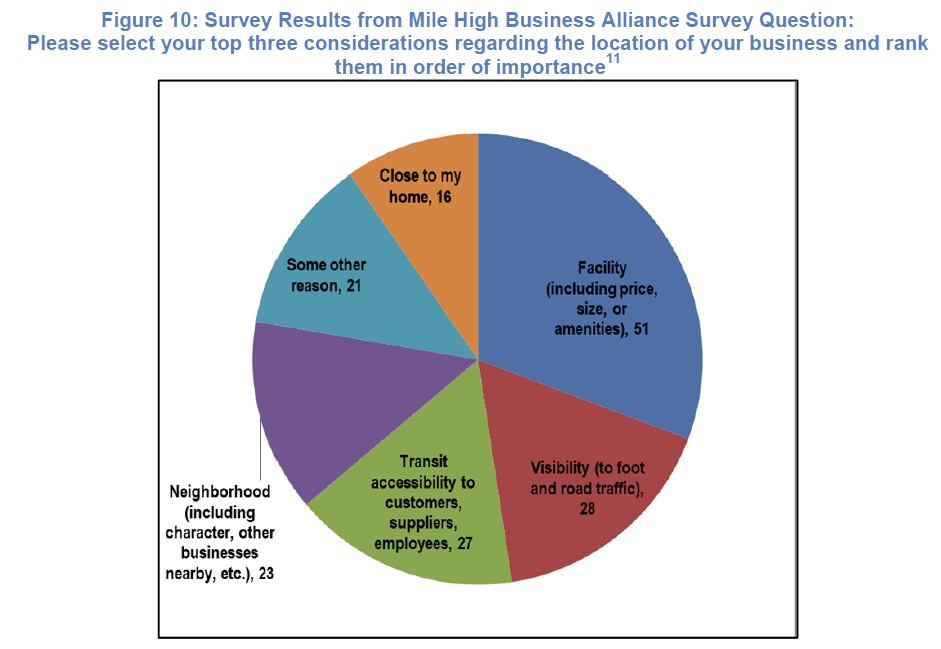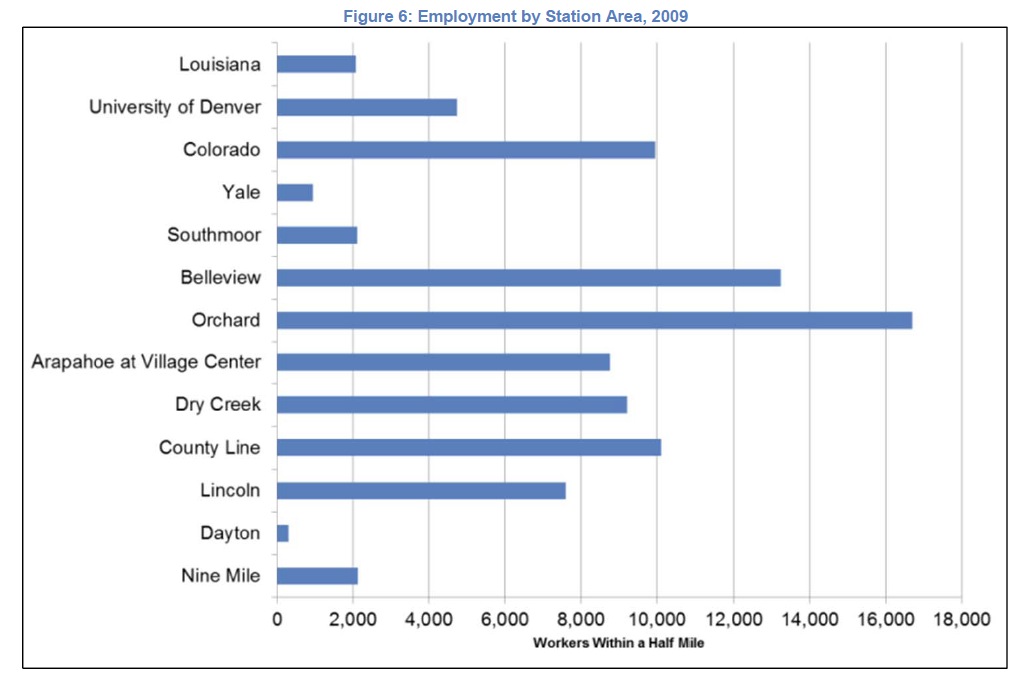RECONNECTING AMERICA
Introduction
 The Denver region is currently embarking on one of the most ambitious and extensive investments in new rail and bus service in the United States. In less than a decade, the $7.8 billion FasTracks transportation infrastructure project will connect much of the Denver Metro region with 122 miles of new commuter and light rail, 18 miles of bus rapid transit, 70 new transit stations and a variety of other expanded multimodal options. This investment has the potential to expand the reach of opportunity for many people, providing better connections between housing, jobs and other essential destinations. New transit service will provide more transportation options to major job centers and educational institutions that provide career ladders and workforce training for people of all incomes and skill levels. Other regions are watching closely to see how the network is built out and if transit can spur new development and redevelopment of existing assets in station areas, as well as how transit will improve social equity for the Denver region’s most economically disadvantaged residents.
The Denver region is currently embarking on one of the most ambitious and extensive investments in new rail and bus service in the United States. In less than a decade, the $7.8 billion FasTracks transportation infrastructure project will connect much of the Denver Metro region with 122 miles of new commuter and light rail, 18 miles of bus rapid transit, 70 new transit stations and a variety of other expanded multimodal options. This investment has the potential to expand the reach of opportunity for many people, providing better connections between housing, jobs and other essential destinations. New transit service will provide more transportation options to major job centers and educational institutions that provide career ladders and workforce training for people of all incomes and skill levels. Other regions are watching closely to see how the network is built out and if transit can spur new development and redevelopment of existing assets in station areas, as well as how transit will improve social equity for the Denver region’s most economically disadvantaged residents.
Improving access to economic opportunities via transit is especially important to households with lower incomes, who spend a greater proportion of their income on housing and transportation and often have to travel long distances to find good-paying jobs and the training needed to get them. While only around 18% of all trips are made by public transportation, approximately 59% of all trips by public transportation are made for employment purposes. Traditionally, however, most research and planning efforts focused on transit-oriented development emphasize residential development, with little consideration of how to attract, retain and grow businesses and jobs by transit. In the Denver region, most station area plans mention economic and workforce development by stating that it is a goal to sustain and grow jobs near the station, but without any concrete action steps to achieve these outcomes.
The purpose of this memo is to examine the economic, workforce and real estate development changes thatoccurred after the Southeast light rail line (hereinafter the “Southeast Line”) opened in the southeast Denver metropolitan region in 2006 and use the lessons learned to guide future planning and policy decisions along future transit corridors in the region. This memo is part of a larger research project to analyze the current landscape and understand what has been done to date to improve social equity in the Denver region through increased transit accessibility. To date, little research has been done on the impact of the investment in light rail on the Southeast Line on new business attraction and job creation, especially for those workers with less than a bachelors’ degree.
This analysis delves into publicly available data sources, as well as survey data of business owners along theSoutheast Line, to gain a better understanding of what happened after the Southeast Line opened and inform planning decisions being made on other corridors and ensure that the Denver region is providing access to opportunity for everyone.
Download full report (PDF): Enhancing Economic Opportunity through Transit
About Reconnecting America
www.reconnectingamerica.org
“Reconnecting America is a national nonprofit that advises civic and community leaders on how to overcome community development challenges to create better communities for all. Reconnecting America develops research and innovative public policy, while also building on-the-ground partnerships and convening players needed to accelerate decision-making.
The community where we live holds a special place in our hearts. Some of us still live in the same neighborhood where our family has had roots for generations. Some of us choose a community with an eye toward a new beginning. Where we live matters.”
Tags: CO, colorado, Denver, Light Rail, Reconnecting America







 RSS Feed
RSS Feed